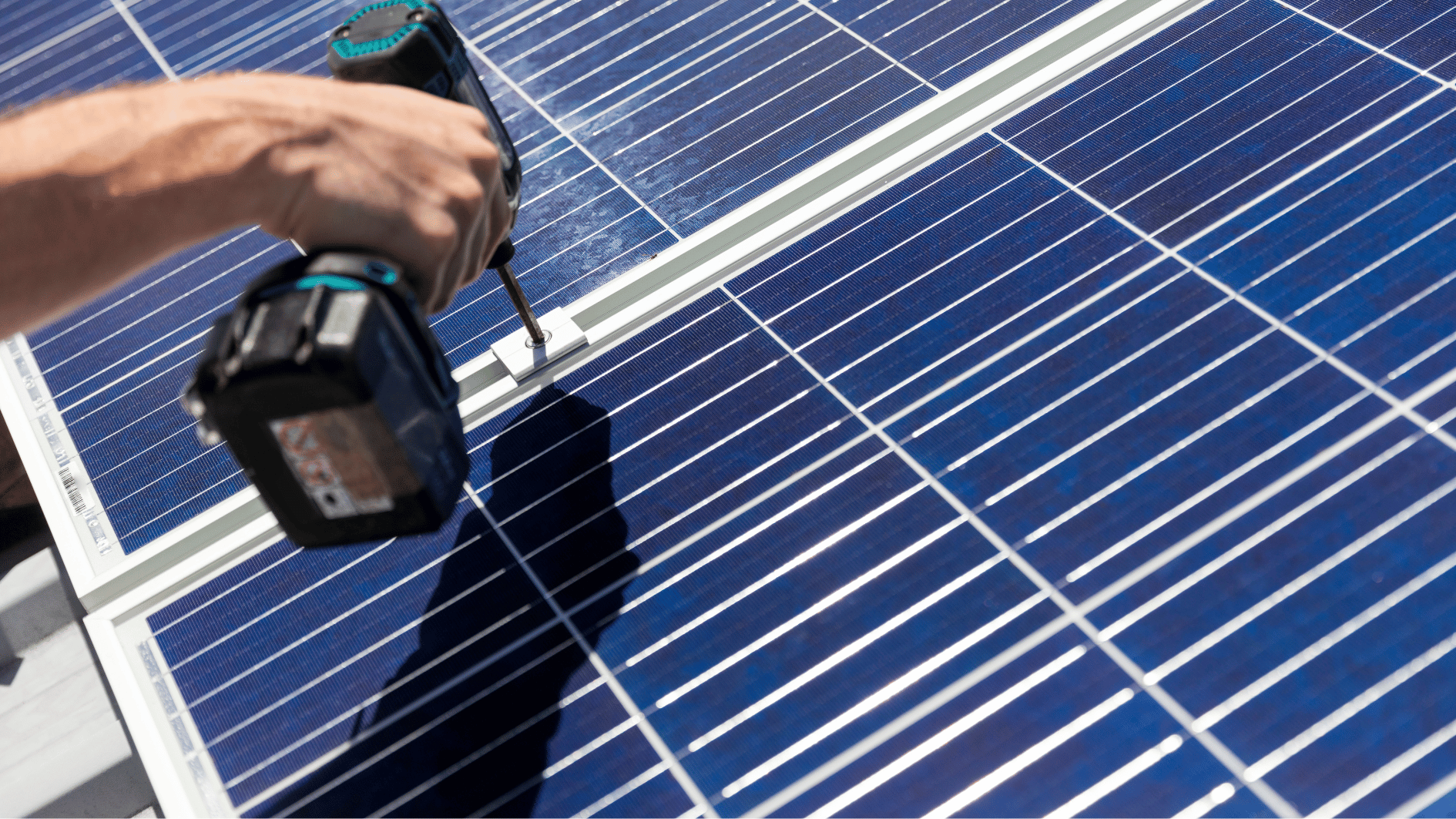Image source: Canva.com
When considering a solar energy system, one of the most critical decisions you’ll face is choosing the right installation option for your solar panels. The installation method not only impacts the efficiency and performance of your solar system but also influences the overall cost, aesthetics, and suitability for your specific property. Whether you’re looking to maximize energy production, enhance the visual appeal of your home, or comply with local regulations, understanding the various solar panel installation options is essential. This guide will explore the most common methods, including rooftop installations, ground-mounted systems, and innovative solar tracking systems, helping you make an informed decision that aligns with your energy needs and property characteristics.
Residential Solar

Homeowners across the country can take advantage of solar panel installations to enhance their property’s energy efficiency. While the most common setup involves installing panels on rooftops of standalone, single-family homes, there are several other innovative options available. For those with unique property features or preferences, ground-mounted systems, carport installations, and solar pergolas offer versatile alternatives.
Residential solar panel systems generate electricity right on your property, directly powering your home. Any surplus energy produced can be fed back into the grid through net metering, effectively reducing your electricity bills and contributing to a greener energy landscape. This setup not only helps to lower your monthly expenses but also supports a more sustainable and eco-friendly lifestyle.
Business & Industrial Solar Power

Have you ever driven past a vast industrial park or walked through a large shopping mall and noticed the massive, unused roof space? These wide, flat surfaces are prime real estate for solar panel installations. From small businesses to large manufacturing plants, companies across industries are realizing that these spaces can be turned into energy-generating powerhouses, helping them cut costs and embrace sustainability.
Commercial and industrial solar setups encompass a broad range of installations. These can include rooftop panels, which are particularly effective for maximizing space on flat roofs, as well as solar canopies over parking lots at shopping centers. Additionally, expansive solar fields can be set up on the open grounds of a business’s property.
Solar energy isn’t just a smart choice for reducing operational costs; it can also serve as a lucrative revenue stream for many businesses. By generating and potentially selling excess electricity back to the grid, companies can turn their rooftops and open spaces into valuable assets, all while contributing to a more sustainable future.
Community Solar

Image source: Canva.com
Community solar offers a groundbreaking solution for individuals who wish to harness the power of solar energy but are unable to install panels at their own homes or workplaces. This innovative approach makes solar power accessible to a broader audience by creating large-scale solar farms within local communities.
Instead of setting up solar panels on your property, you can participate in a community solar program by subscribing to a share of a nearby solar farm. This large-scale installation, located within your area, generates a substantial amount of solar energy. By subscribing, you essentially purchase a portion of the electricity produced by this solar farm, allowing you to enjoy the benefits of solar power without the need for on-site equipment.
Community solar programs provide an inclusive way to support renewable energy, making it possible for renters, those with unsuitable roofs, or people living in multi-unit buildings to contribute to and benefit from solar energy. This model not only expands access to clean energy but also strengthens local communities by fostering shared sustainability initiatives.
Grid-Scale Solar Energy

Image source: Canva.com
When you flip a switch at home or in your business, the electricity that powers your devices typically comes from large power plants operated by your electrical utility. Historically, these power plants have relied heavily on fossil fuels or nuclear energy. However, there’s a growing shift toward harnessing renewable resources, particularly solar and wind, to meet our energy needs.
Utility-scale solar installations represent a monumental leap in this transition. These solar farms are colossal – ranging from 500 to 30,000 times the size of a residential solar setup. Their sheer scale allows them to generate vast amounts of electricity, which is then sold directly to utility companies. This capability means that utility-scale solar projects can supply power to tens of thousands of homes and businesses, significantly contributing to the grid and supporting large-scale sustainability efforts.
By investing in these expansive solar farms, utilities are not only diversifying their energy sources but also making a substantial impact on reducing carbon emissions and fostering a cleaner, more sustainable energy future.
Discover how much you can save with solar energy! Try our easy-to-use calculator today to estimate your potential savings! See how solar power can reduce your energy bills and contribute to a more sustainable future!





